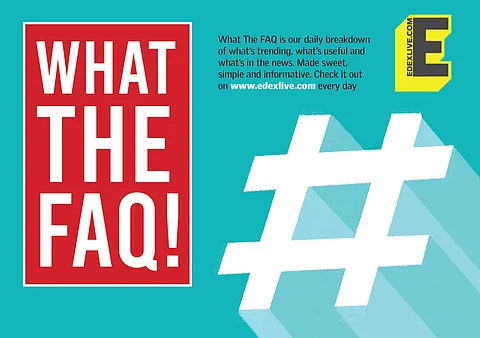

The opening ceremony of the Tokyo Olympics 2021 is set to take place today in front of a measly crowd of 950 officials and journalists. No spectators are allowed inside the stadium. That’s right. One of the most iconic sporting spectacles of the world will play out in front of empty bleachers and silent stadia.
Apart from the absence of exuberant crowds, how else has this ubiquitous pandemic impacted one of the greatest events of our times?
The International Olympic Council released a 70-page Playbook a few months before the games, detailing the protocols to be followed during the event in light of the pandemic.
How critical is the situation at the Tokyo Olympics?
These games were originally supposed to have happened last year, but were postponed when the pandemic struck. However, they are still happening in the middle of the pandemic now, when several countries and cities are battling the disease at crucial stages. Valued at $15.4 billion by the organising committee, these games are set to be the most expensive in the history of the Olympics. Tokyo itself is in a state of emergency because of the rising cases. The IOC, which also stands to lose $4 billion if the games are cancelled, has been putting in place various procedures to mitigate any possible damage to the stakeholders.
What are the most important rules in place for athletes?
The concept of bubbles is being used to carry out team events these days (including cricket matches and film shootings), and something similar has been planned for the athletes. They are not supposed to leave the Olympic Village except to go to the game venues. They are not to use public transport. They have been assigned special COVID-19 Liaison Officers to whom they are supposed to submit their activity plan, and stick to it. They are also supposed to limit themselves to coming in contact with only the most necessary people. They were also required to undergo elaborate procedures for getting themselves tested before and after their arrival in Japan, and monitoring their physical health in line with the symptoms of COVID-19 set down by the World Health Organisation. They were either required to quarantine for a full period of 14 days, or agree to a stringent testing and monitoring system by the IOC after only three days of quarantining. And although vaccinating wasn’t mandatory, it was highly encouraged. Once in the village, they have been getting tested daily.
Will it work in keeping athletes and officials safe?
Phew! That is one exhausting set of complicated rules. However, it still doesn’t seem to be working perfectly. As of July 22, there were 75 COVID cases reported at the village. A few athletes have been forced to pull out because they tested positive. And this is before the torch has even been lit. Athletes who test positive will be treated at a facility outside the Olympic village. The old grind of test, trace and treat is being followed as well, along with the usual masking (except for when they are competeting) and social distancing rules.
